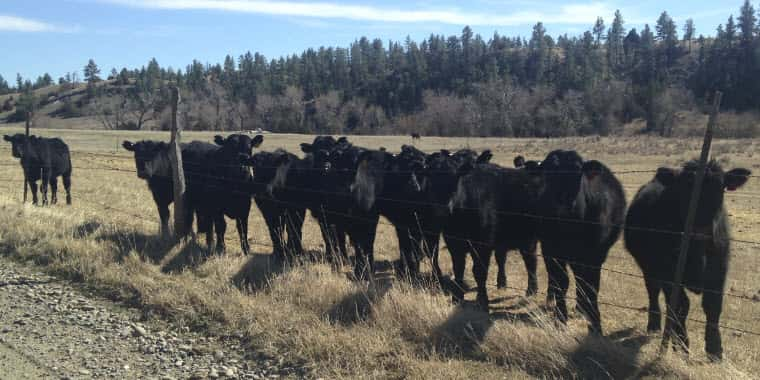When evaluating annual cow cost, feed rises to the top of the list. Feed cost is an important area to consider; however, have you evaluated the cost of incorporating replacement heifers into the cowherd?
Cost of developing a pregnant replacement heifer will vary by operation. However, most producers would agree that this cost could be over $1,000. When figuring the specific development costs, here are a few things to consider:
- initial value of the heifer calf
- winter feeding costs
- summer pasture and
- other normal expenses such as vaccinations, interest, yardage, and death loss.
What is the potential benefit of implementing management to increase the percentage of heifers calving in the first 21 days of the calving season? Cushman and other (2013) reported the heifers that conceived early and therefore calved with their first calf within the first 21 days, had increased longevity compared to with heifers that calved in the second 21-d period or later. The average longevity of heifers at U.S. Meat Animal Research Center (USMARC) that calved in the first, second, or third period was 8.2, 7.6, and 7.2 years, respectively. You might be saying that these heifers were at a research center, so this will not happen on my operation. Within this same publication, cattle owned by producers in South Dakota Integrated Resource Management groups were evaluated for longevity. 2-year old heifers that calved in the first 21-d period were reported to be 5.1 years in age when they were diagnosed open compared to heifers calving later with their first calf (3.9 years). Longevity of the beef female is very important to the sustainability and profitability of any beef operation.
Additionally, heifers that calved in the first 21 days of their first calving season weaned a heavier calf in each of their first six calving seasons. These benefits from getting replacement heifers set up correctly to improve longevity and produce more pounds of weaned calf weight can influence the bottom line.
What is the best management strategies to successfully achieve the majority of 2-year-old heifers calving in the first 21 days? Getting your replacement heifers in the correct condition to breed, this would be 60 to 65% of their mature weight. Body condition score should be 5.5 to 6 on the 1 to 9 scale. Ideally, these replacement heifers would have cycled prior to breeding season.
Reproductive technology that assist producers in grouping heifers or cows are estrous synchronization along with artificial insemination. Synchronizing heifers normally achieved 50 to 60% pregnancy rates. Pregnancy rates for heifers that express estrus are around 60 to 70%. Synchronization can be used with natural service or artificial insemination. When synchronization is coupled with natural service, heifers will come into estrus over 10 days compared to animals that are synchronized for AI.
Potential benefits to management strategies to get more 2-yr old heifers calving in the first 21 days are:
- reduced replacement rates
- more calves available to sell as feeder or replaced in feedyard
- more pounds of weight at weaning
The benefits will vary by operations; however, numerous economists have indicated that costs can be reduced by reducing the replacement rates of your cows. Additionally, producers know the cost of developing quality heifers is not cheap, so keeping quality genetics in the herd longer can be beneficial to the financial bottom line.
###
Julie Walker – Professor & SDSU Extension Beef Specialist


